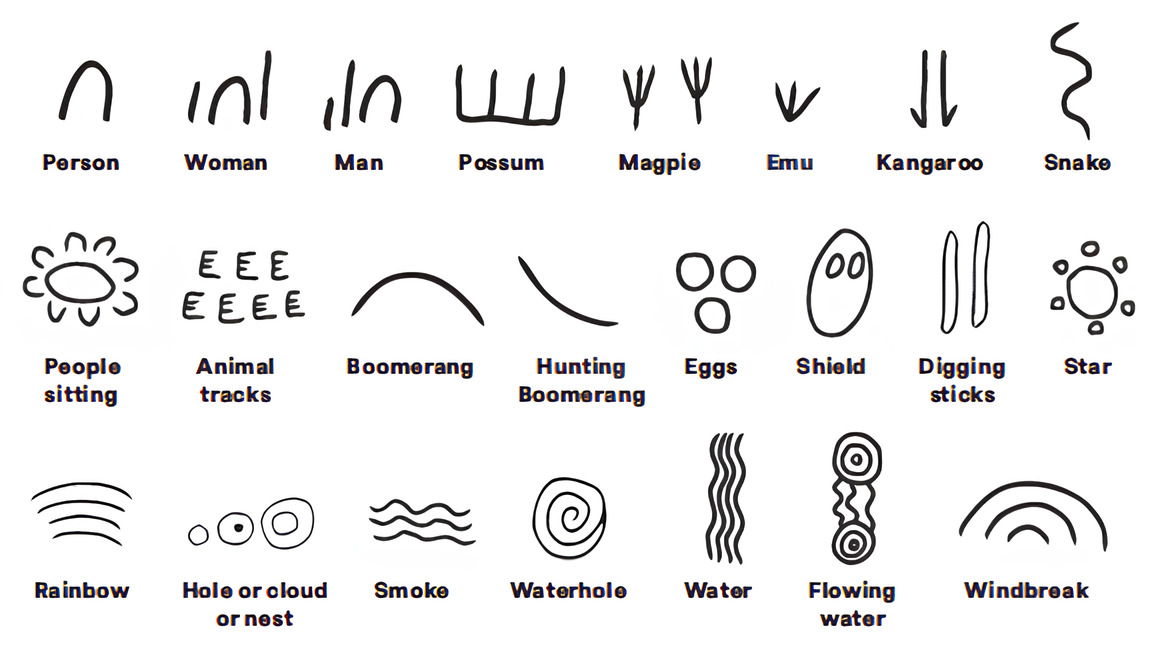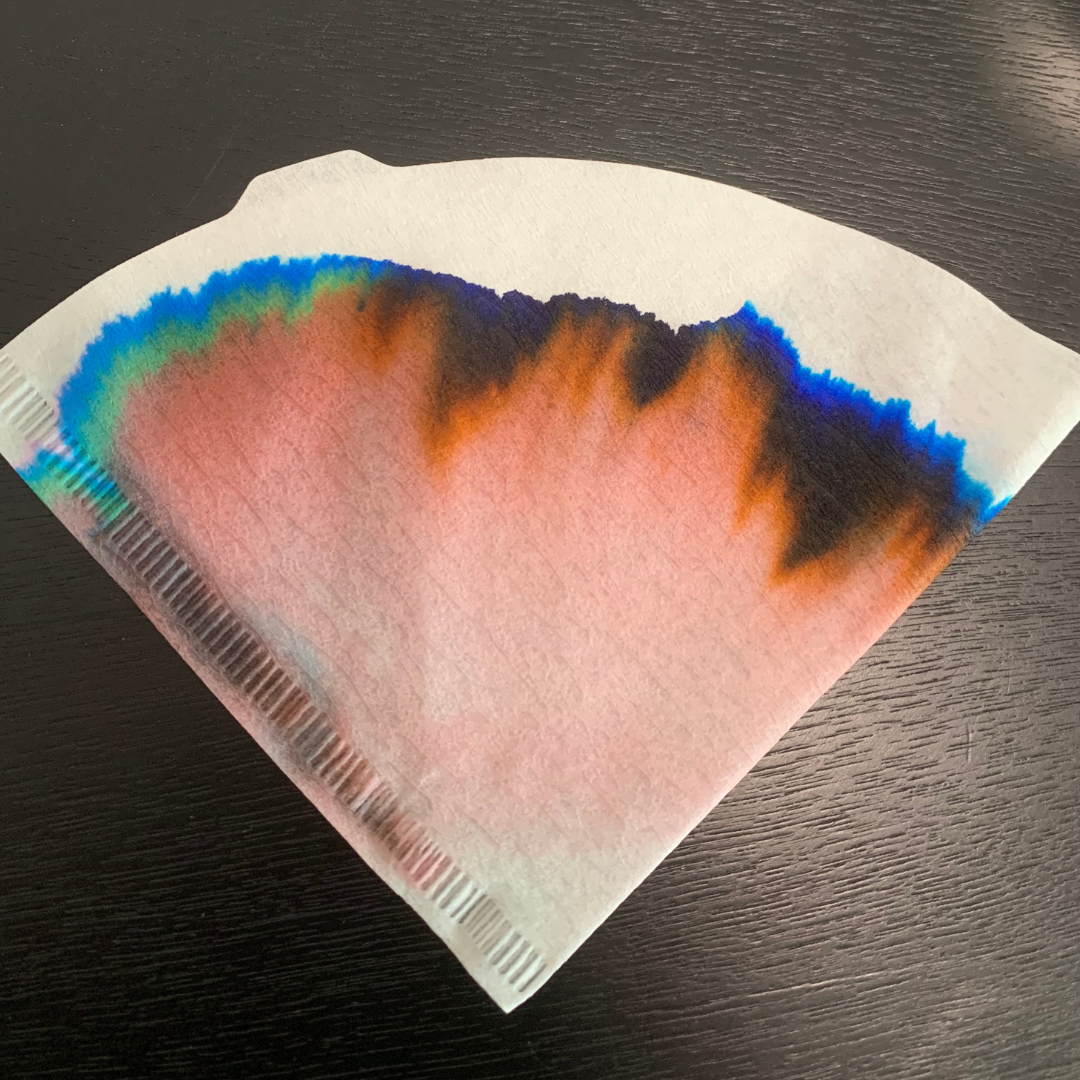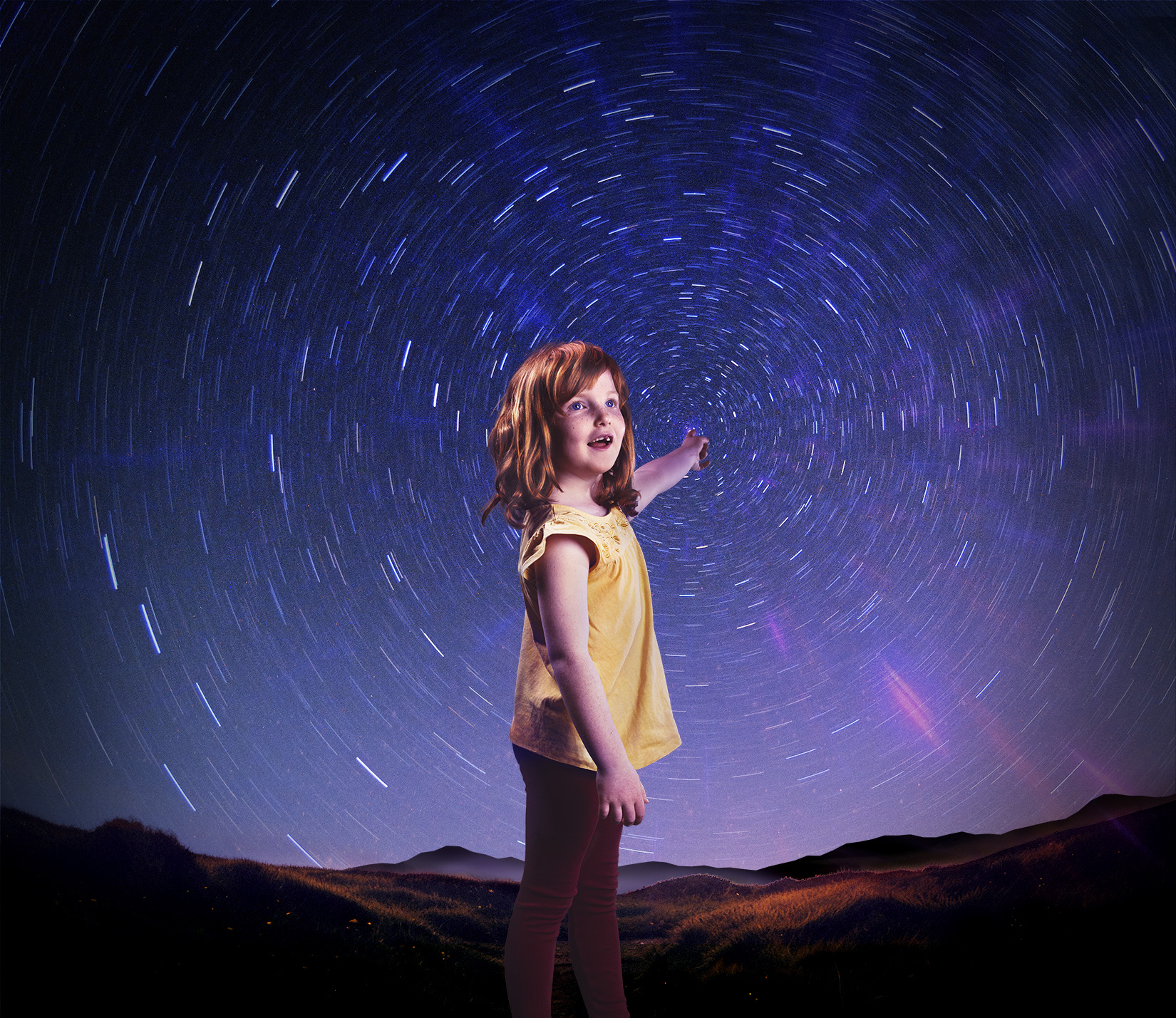Visual Storytelling
Share the wonder of visual storytelling with children using these imagery-based activities.
Wordless Books



Discuss
Group Storytelling

First Nations Symbols
Symbol Story
More activities to try

Colour Chromatography Activity
In this simple STEM activity, children learn about colour mixing and separation in a hands-on way. Using a coffee filter and black marker, discover the different colours that make up black ink.
Try It


